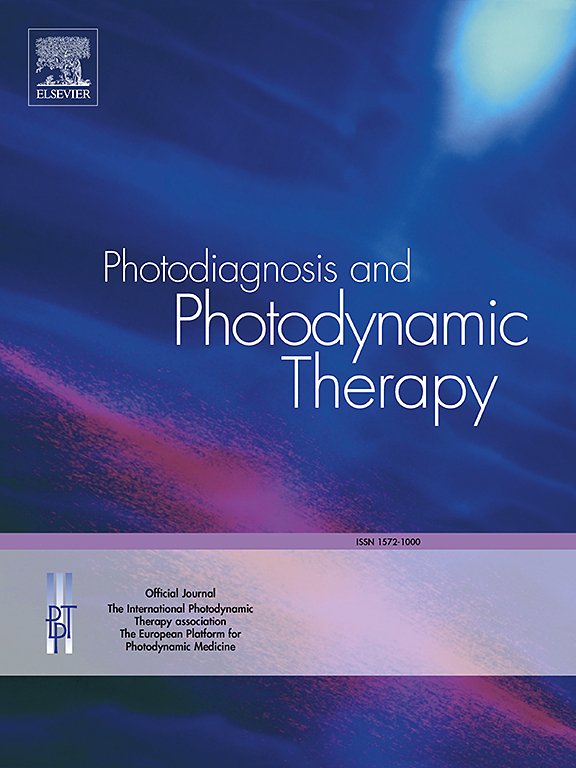INTERNATIONAL PHOTODYNAMIC ASSOCIATION
The International Photodynamic Association (IPA) was founded in 1986 to support and endorse the scientific advancement and clinical development of photomedicine, in particular in the areas of photodynamic disinfection, photodynamic therapy (PDT), photoimmunotherapy (PIT), and photodiagnosis (PD). With members and associates from over 30 countries, the IPA represents a truly global community consisting of prominent international scientists, clinical and translational researchers, healthcare professionals and students across academic, hospital, government and private sector organizations. The IPA promotes the study of diagnosis and treatment using light-activated photosensitizers and disseminates scientific information to its members, the research community, and to the community at large. The IPA organizes a Biennial World Congress, providing members and non-members a unique opportunity to share and learn more about global developments and research in photodynamic therapy, photoimmunotherapy and photodiagnosis.
LEARN MORE ABOUT PDT
WHAT ARE PHOTODYNAMIC THERAPY, PHOTOIMMUNOTHERAPY, AND PHOTODIAGNOSIS?
Photodynamic Therapy (PDT) is a method to rapidly kill targeted cells using a light-based combination therapy. The treatment involves applying a light-sensitive compound, called a photosensitizer (PS), to the targeted area and then activating it with light of a specific wavelength and intensity. Typical doses and intensities of light used for PDT do not generate heat (are non-thermal). The activated photosensitizer generates a range of oxygen-derived free radicals and singlet oxygen in close proximity to the targeted cells, resulting in selective cell death (necrosis). This action ceases when the light is turned off, having minimal affect to surrounding healthy tissue. Local treatment of disease with PDT also triggers distant (systemic) responses in the body including those involving the immune system.
PDT is a minimally invasive treatment that is used to treat many conditions including: acne, psoriasis, age related macular degeneration, and several cancers such as skin, lung, brain, bladder, bile-duct, esophageal, and head and neck cancers. PDT is also proven to eradicate pathogenic microorganisms Gram-positive and Gram-negative bacteria, yeasts and fungi, including drug-resistance strains. This use of PDT for the prevention and/or treatment of a variety of infectious diseases is called photodynamic disinfection or photodisinfection. Photodynamic disinfection is an important emerging antimicrobial to help combat the global problem of drug-resistance pathogens.
Photoimmunotherapy (PIT) is an oncological treatment that uses antibodies or engineered antibody variants to target photodynamic therapy. PIT was first developed by Julia Levy in 1983 and is approved in Japan for unresectable locally advanced or recurrent head and neck cancer. In the US, PIT is in Phase III clinical trials for head and neck cancer. Photodynamic therapy can also be combined with immunotherapy to enhance its immune stimulating responses and has the potential to control metastatic cancers that have spread throughout the body.
Photodiagnosis (PD), also known as Photodynamic Diagnosis (PDD), is the use of light-sensitive compounds to indicate the presence of cancerous or diseased tissue. The same photosensitizers that are used for the treatment of cancer can also assist in its diagnosis. The emitted fluorescence from the activated photosensitizer can be used to differentiate cancerous from normal tissue guiding physicians during surgical resection.
Many PSs exist today including: cationic dyes such as methylene blue, tetrapyrrole derivatives (phthalocyanines, chlorins, porphyrins), chlorophyll derivatives, and functionalized fullerenes.
































